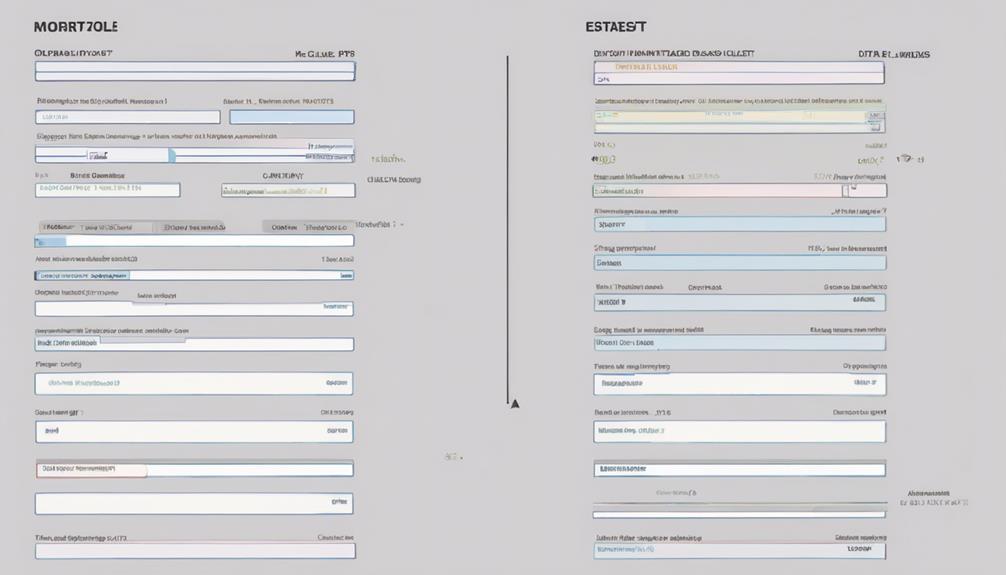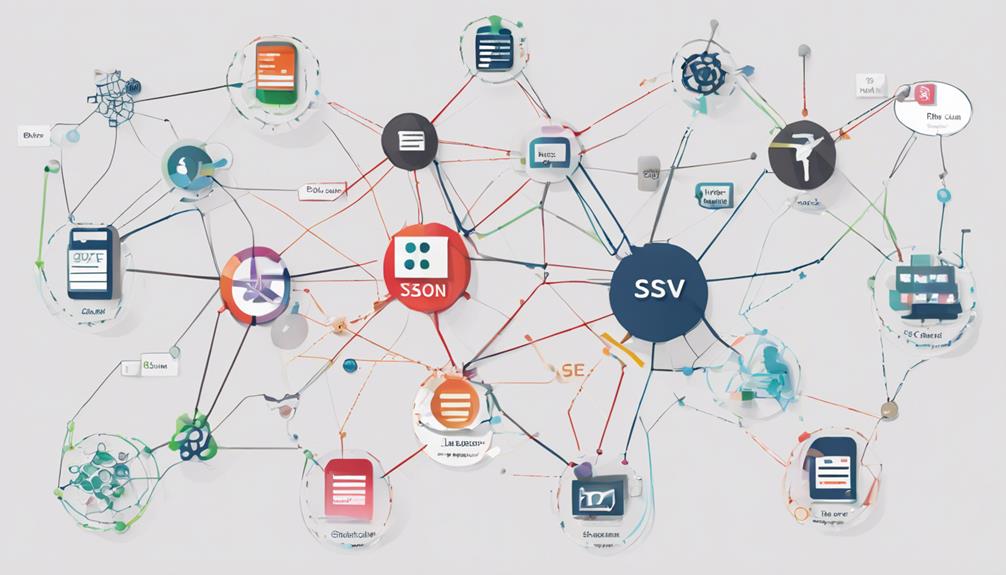You may have encountered the frustration of trying to make sense of data that seems to be all over the place, with varying formats and structures. These inconsistencies can create a web of confusion that hampers your database operations and analysis. But fear not, as understanding the common mistakes in database data formatting can help you navigate these complexities and streamline your data management processes effectively. Let’s uncover the key pitfalls and ways to address them to enhance your database performance and data quality.
Inconsistent Data Formats
When dealing with inconsistent data formats in a database, it can lead to a multitude of issues. To address this challenge, employing data normalization techniques is crucial. Data normalization involves organizing data in a structured way to reduce redundancy and improve data integrity. By standardizing data formats, you ensure consistency across the database, making it easier to query and analyze information effectively.
Additionally, conducting regular data quality assessments is essential in identifying and rectifying inconsistencies in data formats. These assessments involve examining the completeness, accuracy, and consistency of data. By evaluating the quality of data, you can pinpoint discrepancies in formats and take corrective actions promptly.
Incorporating data normalization techniques and performing data quality assessments are fundamental steps in maintaining a well-structured and reliable database. Consistent data formats streamline processes, enhance data accuracy, and facilitate efficient decision-making. Therefore, investing time and effort in standardizing data formats is imperative for ensuring the integrity and usability of your database.
Lack of Data Validation
The issue of lack of data validation in a database can have significant repercussions on the overall data quality and reliability. Without proper validation, errors and inconsistencies in data can go undetected, leading to inaccurate reporting and decision-making. Automated validation tools play a crucial role in identifying discrepancies, such as missing values, incorrect formats, or outliers, ensuring that the data meets predefined criteria.
Manual data verification is also essential in detecting nuanced errors that automated tools might overlook. This process involves meticulous scrutiny of the data to ensure its accuracy and consistency. By combining automated validation tools with manual data verification, organizations can enhance the quality of their database data and mitigate the risks associated with unreliable information.
Implementing a robust data validation process is vital for maintaining data integrity and ensuring that the database remains a trusted source of information. By addressing the lack of data validation, organizations can improve the overall reliability of their data and make more informed decisions based on accurate information.
Data Integration Challenges
To tackle the challenges of data integration, it is imperative to address the complexities that arise when merging disparate data sources. Data mapping strategies play a crucial role in this process, as they define how data elements from different sources correspond and align with each other. Proper data mapping ensures consistency and accuracy when consolidating information from various systems.
Considerations for ETL (Extract, Transform, Load) processes are also vital for successful data integration. ETL processes involve extracting data from source systems, transforming it to fit the target database schema, and loading it into the destination database. Understanding the intricacies of ETL processes, such as data cleansing, transformation rules, and error handling, is essential to maintain data quality throughout integration.
Data Security Oversights
Amid the critical task of data management, overlooking data security can lead to detrimental consequences. When it comes to data security oversights in database formatting, two crucial aspects to focus on are encryption methods and access controls.
Encryption methods play a vital role in safeguarding sensitive information within a database. Failure to implement strong encryption techniques can expose data to unauthorized access and potential breaches. It is essential to utilize encryption algorithms like AES or RSA to protect data both at rest and in transit.
Additionally, effective access controls are necessary to regulate who can view, modify, or delete data within the database. Without proper access controls in place, there is a heightened risk of data being compromised by internal or external threats. Implementing role-based access control (RBAC) and regular access reviews can help mitigate these risks and ensure data security.
Lack of Data Standardization
Data standardization plays a pivotal role in ensuring the integrity and consistency of database information. Lack of data standardization can lead to various issues, impacting data quality and making data cleaning more challenging. To avoid these pitfalls, consider the following:
- Consistent Formats: Standardizing data formats across the database ensures uniformity and simplifies data analysis.
- Normalization: Normalizing data helps eliminate redundancy and inconsistency, enhancing data quality.
- Data Governance: Implementing data governance policies and procedures ensures adherence to standards and promotes consistent data handling.
- Automated Tools: Utilizing automated data standardization tools can streamline the process, improving efficiency in data cleaning tasks.
Frequently Asked Questions
How Can I Improve Data Quality in My Database?
To improve data quality in your database, focus on data cleansing and normalization. Conduct data profiling to identify inconsistencies. Enhance data accuracy through enrichment. Regularly review and update data to ensure integrity and reliability for informed decision-making.
What Are the Consequences of Poor Data Formatting?
Poor data formatting can lead to significant consequences in your database. It can compromise data integrity, causing errors and inconsistencies. This can impact data accuracy, leading to flawed decision-making and unreliable insights. Proper formatting is crucial for reliable data management.
What Tools Can Help With Data Validation?
Hey, data wizard! To step up your game, dive into data cleansing with automation tools. Embrace data profiling for insights and normalization for consistency. These tools will be your trusty sidekicks in the data realm.
How Can I Ensure Data Security in My Database?
To ensure data security in your database, implement encryption methods and access controls. Regularly backup your data and establish a solid disaster recovery plan. These measures will safeguard your information from unauthorized access and potential data loss.
What Are the Benefits of Implementing Data Standardization?
When you embrace data standardization, it’s like organizing a chaotic library. Improved efficiency streams from standardized formats, making data retrieval a breeze. Enhanced accuracy ensures that each book is in its rightful place, saving time and errors.



